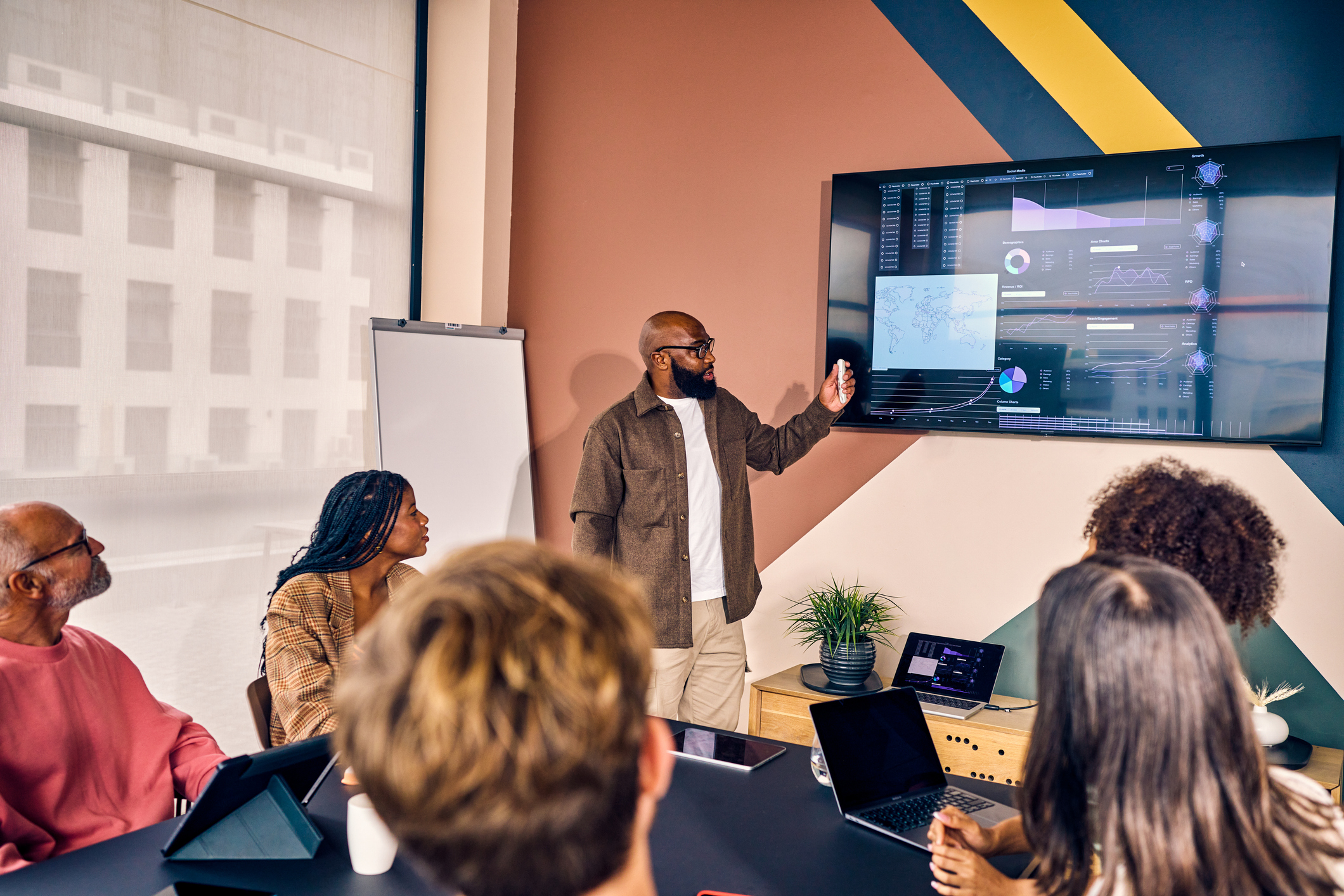As digital forces business to shift how they view themselves in a new world, it drives the need for new and adaptive approaches. It’s now about rethinking the concept of digital transformation as more of a continual adaptation to a constantly changing environment. In order to embrace this adaptation idea it is helpful to bucket the areas into the following four areas: managing the constantly evolving needs of customers, partners and employees; the willingness to consider original combinations of workforce models; meeting higher expectations of customers, prospects and employees; and the ability to leverage incumbent (legacy) assets into new revenue streams and competitive advantage.
1. Evolving Needs
Today, success and survival results from being able to thrive among volatility and uncertainty, meaning that it’s difficult to predict what your future needs will be other than that they will evolve… quickly. One challenge in digital adaptation is how to balance the cost of technical expertise with the standard of its output. Another is to possess and manage the variety of workforce models that enable you to match the best-suited development team, with the needs of the business providing speed, contextual understanding, innovation, and communication.
2. Workforce Change
As technologies evolve, companies are uncertain what exact skills they’ll need and frankly, it changes daily requiring them to have an open mind to original workforce ideas beyond offshoring or staff augmentation. It’s a confusing time. Many companies are now declaring that they want to bring people back in-house, or at least closer to the business. Companies must appreciate that they have been sending mixed signals when it comes to talent management. In this era of technology skills shortages, they will have to be flexible and innovative. The people, and the models used to manage those people, are as important as the technology itself. To maximize the value of the technology being provisioned for the business, companies must simultaneously adapt their workforce thinking.
3. The Experience
The consumerization of IT means that customers compare their digital experience with you against all their other digital experiences, not just those of your competitors. These expectations cross the borders that used to separate our work and private lives. These boundaries have melted away raising the expectations of customers. While it is essential, high-quality experiences should not be reserved exclusively for customers. Companies must enable their staff to deliver these great digital experiences. To succeed you should be putting your workforce in the best position to achieve this by providing progressive technologies, as well as, agile and DevOps methodologies which ultimately will enable them to deliver great experiences for your customers.
4. Competitive Threat
Traditional barriers to market entry are extinct. Companies can no longer rely on the advantages they used to enjoy from being the industry dominant elephant because competitors are springing up overnight threatening the core of established organizations. And while these incumbent companies have assets at their disposal such as a proven business revenue streams, customer relationships and brand presence, they are not enough. The competition is coming from unlikely sources as vertical markets boundaries become blurred. For example, online retailers morph into insurance carriers and health care providers, as retailers and insurance companies merge to fight unforeseen rivals. All enabled by cheap, fast technology, vast processing powers, petabytes of data and AI’s relentless pursuit of pattern recognition.
Digital has and continues to change the rules of business, and life. There’s no going back. Companies are seeing their foundations shaken by digital, artificial intelligence, virtual reality, etc. A series of company “re-orgs” won’t solve the problem, it’s a constant re-org. Consistent adaptation. Learn more in our next blog or download our digital adaptation white paper.

What’s Next for Retail? Key Takeaways from NRF 2025
From AI-powered personalization to next-gen supply chains and advanced loss prevention, this year’s NRF event showcased the key innovations shaping the future of commerce. Dive into our key takeaways and see what’s driving retail forward in 2025!

Five Ways AI is Tackling Healthcare’s Biggest Challenges
Innovation and necessity are coming together to demand new solutions for both age-old and evolving challenges in the healthcare industry, and AI is proving to be an indispensable ally. In this article, we explore five key ways AI is driving meaningful change across the industry.

Ten Essential Steps to Optimize Your Data for AI Implementation
Whether you’re just embarking on your AI journey or looking to refine an existing system, optimizing your data is the first—and potentially the most important—step. Through ten actionable strategies, paired with real-world examples from industries like manufacturing, finance, and retail, Principal AI & Data Consultant Ken Cavner will show you how to transform your data into a powerhouse that drives AI success.

Don’t Overlook These Five Opportunities During a Post-M&A Systems Integration
Post-M&A integration can be challenge, but it's also a unique opportunity. From enhancing customer experiences to future-proofing IT systems, discover five key strategies to unlock value and drive long-term success after an acquisition.
